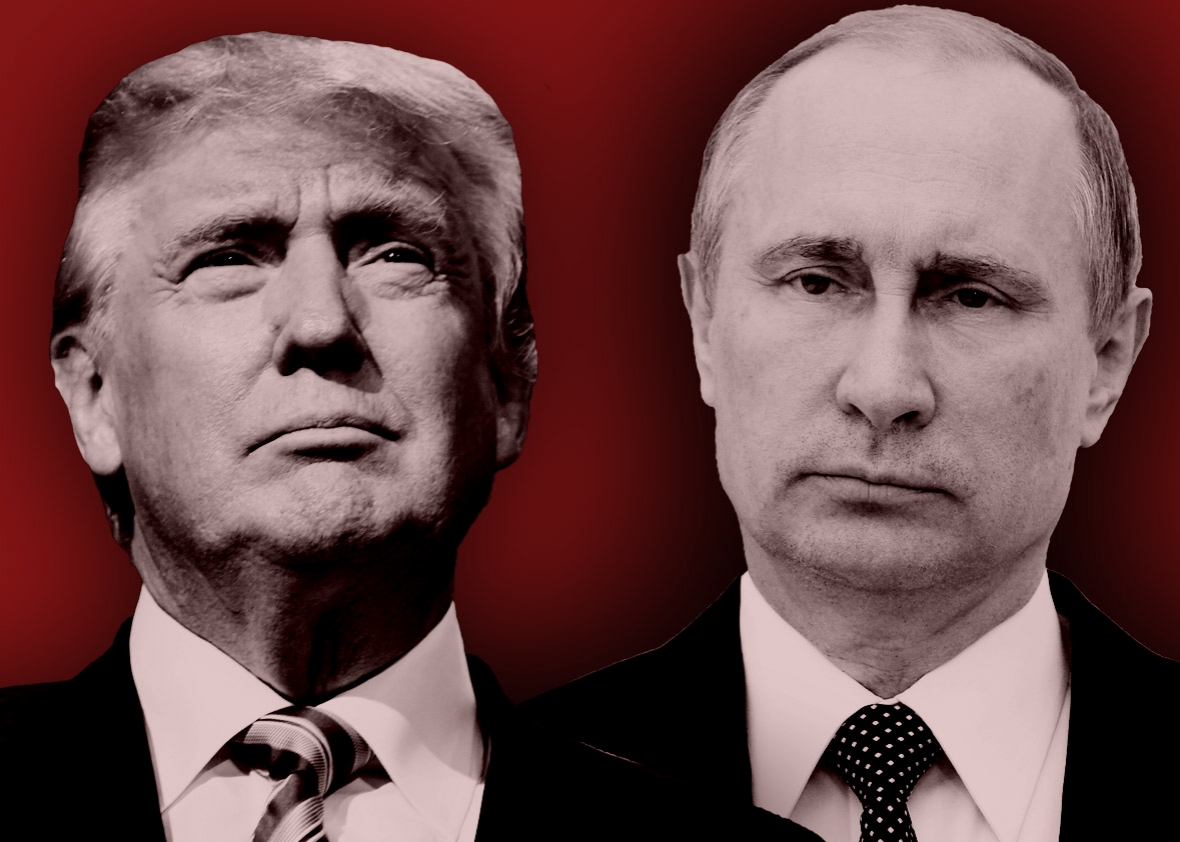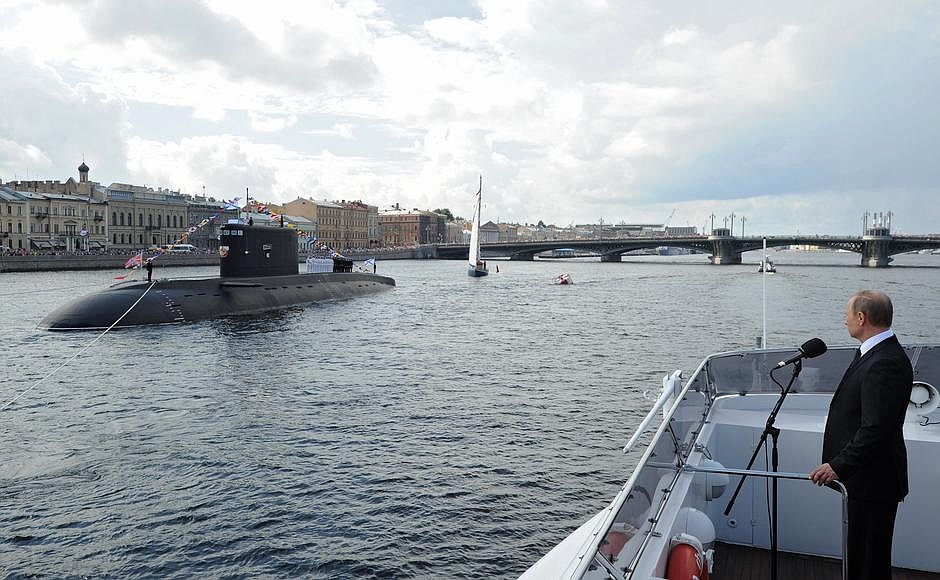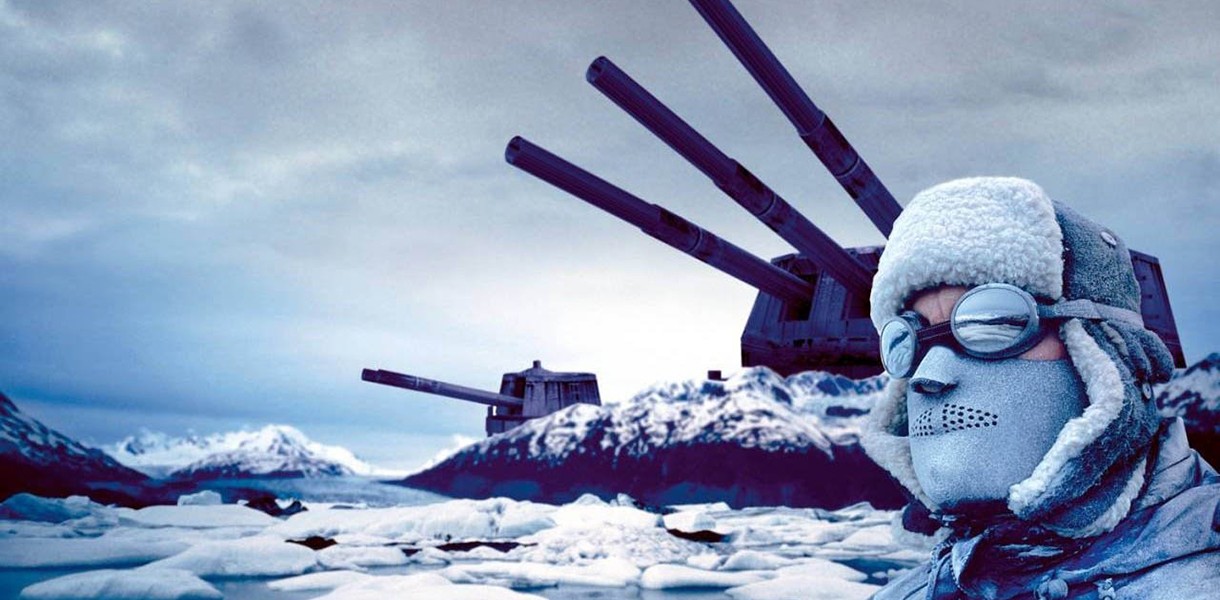Last week the Washington Post Deputy Editorial Director Jackson Diehl published an article titled "Putin's hope to ignite Eurasia-style protests in the United States." The author states:
Putin developed an obsession with 'color revolutions,' which he is convinced are neither spontaneous nor locally organized, but orchestrated by the United States — and in the case of the Moscow protests four years ago, by Hillary Clinton herself."
That’s the context in which Russia’s intervention in the 2016 US presidential election must be understood. Putin is trying to deliver to the American political elite what he believes is a dose of its own medicine. He is attempting to ignite — with the help, unwitting or otherwise, of Donald Trump — a US color revolution.
Indeed, the Republican presidential candidate has repeatedly echoed talking points of Russian state propaganda media RT [formerly known as Russia Today] with the accuracy of a diligent schoolboy:
"Putin outplayed everyone, and America needs to have a good relationship with him,"
"Russia is fighting terrorists in Syria,"
"Putin is not involved in the hacking attacks against the United States,"
"America is a disaster, and there's really no democracy,"
"Obama created the chaos in Ukraine" and, to top it all off,
"American elections are rigged."
Of greatest concern is Trump's threat to refuse to recognize the results of the election, a threat he is voicing a full three weeks ahead of the actual vote.
Trump is essentially pre-announcing the strong likelihood of confrontations with authorities, including riots, before the election even takes place. Some American commentators are already calling this a "revolution."
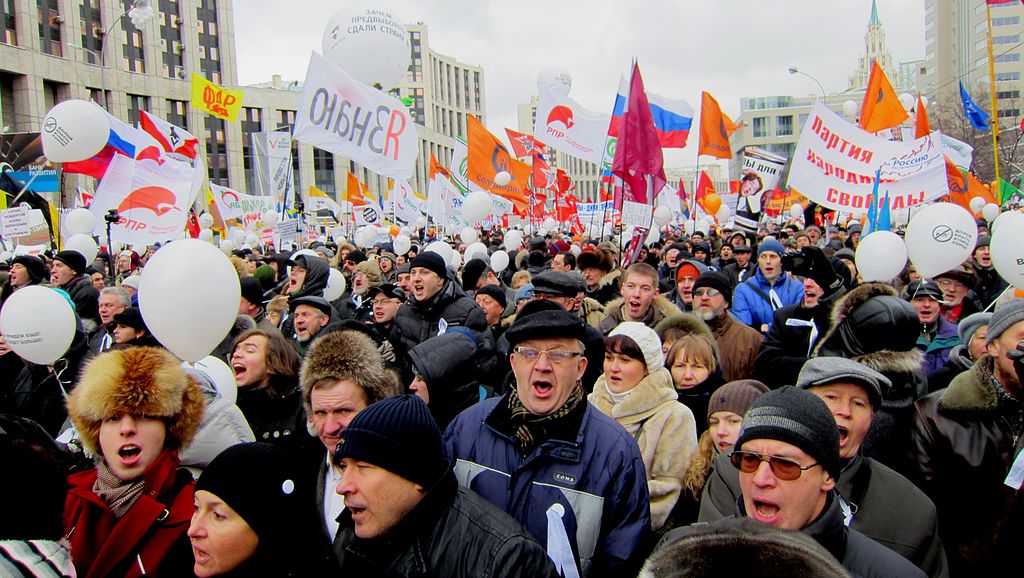
This development, though reminiscent of the "Protests For Fair Elections" which took place in Russia in 2011-12, actually only resembles the way those protests were perceived by the Russian government and Putin himself. One gets the impression that Donald Trump is not so much following a "color revolution" scenario, but rather this statements are like a scene from an exposé from an NTV [one of the large government-controlled TV networks in Russia - Ed.] film like "Anatomy of a Protest
," though done rather clumsily.
First of all, before the start of the Russian protests, no one was calling for protests in advance. These were the first-ever large-scale protests under Vladimir Putin's rule, and their scale in many ways surprised even the participants. People were not preparing to reject the elections results before they began. People rose up in direct response to actual falsified results, which speaks to their spontaneity rather than being staged. It was only later, after the first instances of mass fraud, that the opposition began to question the results, and began sending observers to certain areas, demanding transparency in voting, etc. And this only happened because we were faced with flagrant and unprecedented election violations.
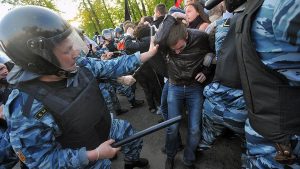
A good many of the protesters, mostly young people, used the wave of protests as an opportunity to have their innovative ideas be heard, to propose reforms to local authorities, to improve feedback mechanisms and to create additional opportunities for people to have a say in their governing institutions. Many quite constructive ideas were discussed in order to reform the system, not to overthrow it, and most of them expressed that openly at the "Occupy" protests. Another group of people at the camp, those who had been subjected to some form of lawlessness or arbitrary injustice at the hands of the authorities, hoped that now the government would have to hear them out. Of course there were among all these groups some more radical types who chanted slogans such as "we will not leave until they go," but their activity never progressed beyond sloganeering.
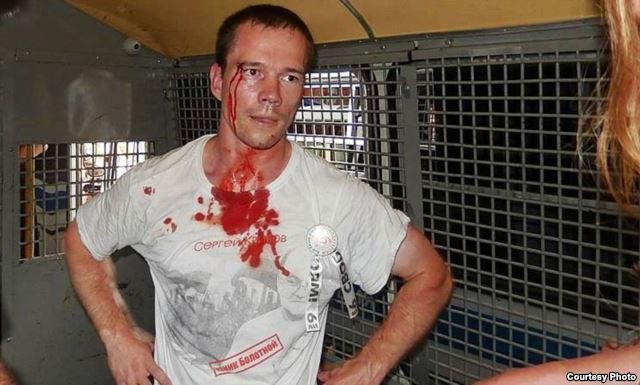
As for the Russian regime repeatedly insisting that the protests were "incited," the "foreign element" was actually negligible during those protests. As mentioned above, the protests arose spontaneously, and it's only logical to assume that the US would show some manner of support for the massive commitment to freedom displayed by the citizenry of an authoritarian state, if only for the sake of appearances. By the way, foreign "support" was carried out very clumsily, and mainly consisted of a few people including those who had some media prominence, marching to the American Embassy in the midst of the protests, all of which was recorded by NTV cameras, who appeared as if on cue to film the scene, as if something super sinister was happening. The Kremlin simply couldn't help but take advantage of this "gift," and so, quite expectedly, it fell back on the most reliable way to quell the protests, discrediting them by deeming them pre-meditated, "organized by the CIA," essentially, an attempt by the US to incite an artificial "color revolution."
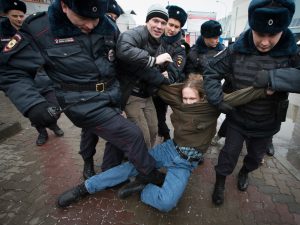
Another way the FSB secret police and Kremlin propagandists branded the protests as a US plot was by targeting NGOs and non-profit civic and human rights organizations, who often received grants from US-based institutions. These groups did indeed receive foreign money, but, of course, the money was not for organizing street protests, but for the substantive work of those organizations, e.g. human rights, charitable, environmental, etc. The day-to-day work of these non-profits included hanging memorial plaques with the names of victims of repression during the Great Terror, or running a treatment center for children with Down syndrome. Here again, it is only logical that those who had long-standing ties with Western foundations and NGOs would have quite pro-Western views, and participation in such protest actions had been absolutely natural for them. There was no US conspiracy, in other words.
TV screens were splattered with a steady stream of "kompromat" collected over the years, such as secret recordings of private conversations, photocopies of financial statements and data on foreign internships. In fact, it was during that time that the standards, methods and format of today's propaganda broadcasts had developed their final form, into the style of an "investigative exposé." These early "exposés" differed from today's broadcasts only in that they contained slightly less slander and falsifications. The primary slander of the time was the grossly exaggerated role of foreign interference in Russia's internal processes. This very exaggeration was to determine the fatal vector of the entire future of Russian politics.
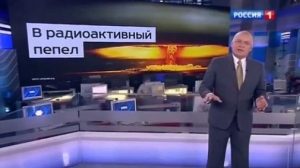
The second method used by the authorities to beat down the protest movement was to divide it, and not only to foment a split in the ranks of the opposition leaders, but to purposely chip away certain sectors of the population away from the opposition. A striking example of this was the case of Pussy Riot, which was designed to have people of faith, even those adhering to pro-European values, break from the opposition protest movement. Divisions were skillfully handled, between liberals and nationalists, between right and left, between the representatives of the workers and the intelligentsia, all of which led to a serious reduction in the overall number of people in the protest movement.

However, the government's most serious and terrible crime of that period was pitting against each other different societal groups: the Bolotnaya against the Poklonnaya, "revolutionaries" against "counter-revolutionaries." Fearing civil unrest, the cowardly Russian authorities hid behind the rabid calls from Kurginyan "to destroy liberal scum." In fact, to stay in power, Putin had already by that time brought the country to the brink of civil war, pitting one group against another. When we add to this the mistakes made by protest leaders together with the repression of so many protesters following the May 6 Bolotnaya protests, it became clear that before long the protest movement would all but come to a halt.
As a result, Putin did conquer his own people, but he achieved this victory at the price of two irreversible consequences: he created a sharply-polarized society while decisively convincing himself that the United States was the one to blame for all of the popular discontent. Increased demand generated more "investigative exposés" with increasingly false content, with the authorities increasingly succumbing to their own propaganda.
Of course, history repeats itself as farce, but it should be recognized that the Kremlin has been fairly successful in pitting different parts of society against one another, spreading chaos and organizing provocations. We can only hope that American society will be more stable, resistant and resilient, and that US politicians will have the wisdom to produce a more centrist line, not adding fuel to the fire of an already extremely fragmented society.
Related:
- Trump's Orwellian "rigged" campaign is straight out of Putin's propaganda playbook
- Wondering how Trump could happen? Look to Russia
- Russian opposition journalist: Trump is a threat to America and the entire world order
- Trump is Putin's 'most useful idiot' because he believes what he says, Piontkovsky says
- Anti-Americanism is 'cult of Putin's Russia' with all the consequences thereof, Pastukhov says
- Statistical method reveals voting fraud of Russia's pro-Putin party
- Putin's new political technologies keep his antiquated system in place, Shevtsova says
- How Russia's use of deniable assets bamboozled western security services

